
SCARY, W.Va. — Though nothing remains on the battlefield along the Kanawha River today, the Battle of Scary Creek was one of the most significant engagements in what's now West Virginia during the Civil War.
Fought in 1861 near Saint Albans, West Virginia, it was also one of the first battles in the war and one of its first Confederate victories, erupting three months after the beginning of the war and only days before the first major battle at Manassas (Bull Run). According to historian Terry Lowry, nothing about the battle went as planned.
"The battle, which began at about three in the afternoon, was a comedy of errors, as both armies experienced their baptism of fire, and each repeatedly and temporarily relinquished the battlefield and then returned," Lowry said.
Fought on July 17, the nearly three-hour battle resulted as Union and Confederate forces vied for control of the Kanawha Valley, a source of manpower and rich mineral resources and a direct route for communications and transportation linking Richmond, Virginia, to the Ohio River at Point Pleasant.
The Confederate army, led by General Henry A. Wise, initially held the valley, while the Union forces under General Jacob D. Cox made an effort to remove the rebel army, Lowry said.
"Commanding the Confederate force on the field of battle was Captain George S. Patton, grandfather and namesake of General George S. Patton of World War II fame. His opponent was Colonel John W. Lowe of the 12th Ohio Volunteer Infantry," he said. "Eventually, the Confederate force was triumphant."
Captain Patton was seriously wounded and was left behind as an exchange prisoner. Lowry said that Cavalry commander Albert G. Jenkins replaced Patton as a field commander. A group of union officers were also captured as they ignored protocol and blindly walked into the rebel camp after the fight.
"Although the Confederate force won the affair, military affairs in other portions of the state compelled General Wise to lead a ‘retrograde movement’ out of the valley, making it possible for the Union forces to take control until a brief period in September of 1862."
Modern business establishments and the railroad have mostly obliterated the battle site, though the event can still be imagined along the margin of the Kanawha River.
"But the basic lay of the land is the same," Lowry said, "and there is a small mini-park pull-over area on the eastern side of the mouth of Scary Creek that contains two historical markers and a United Daughters of the Confederacy monument to the battle—placed originally on the western side in the 1920s. A state highway historical marker is also located nearby."
The battle site is on Winfield Road (CR-817), near its junction with Teays Valley Road (CR-33). For more information, read Lowry's expanded article at the West Virginia Encylopedia.

Then there was the time that West Virginia had four governors at once
Think there's too much government? As complex as politics get in West Virginia, there was a time in the late 1800s when the Mountain State had four governors at once. As baffling as that might seem, the matter is a remarkable demonstration of conflicting laws and legal opinions. READ THE FULL STORY HERE.
Sign up to receive a FREE copy of West Virginia Explorer Magazine in your email weekly. Sign me up!














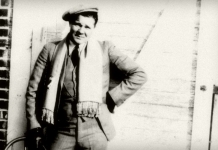
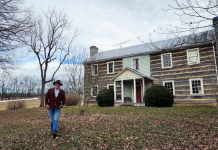
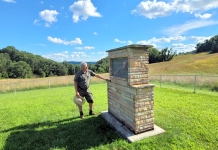








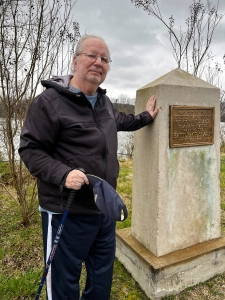
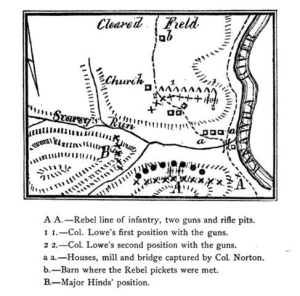








Facebook Comments